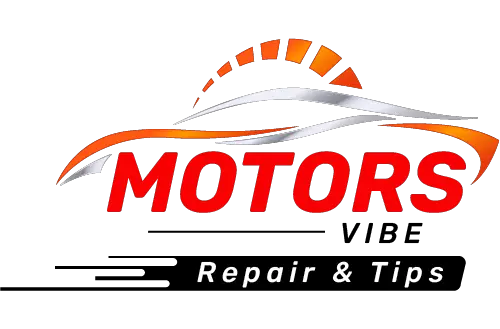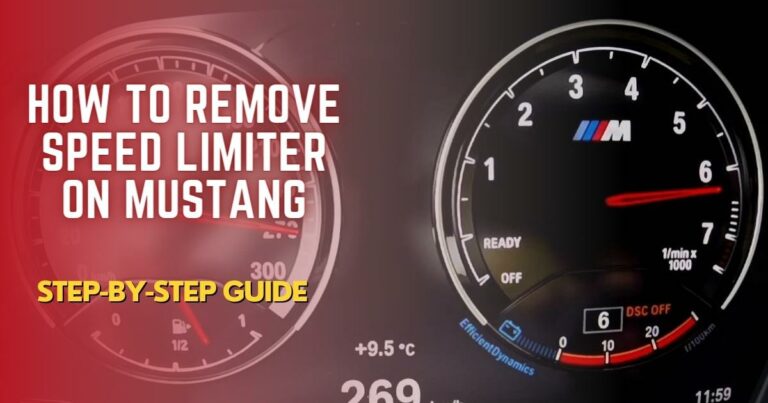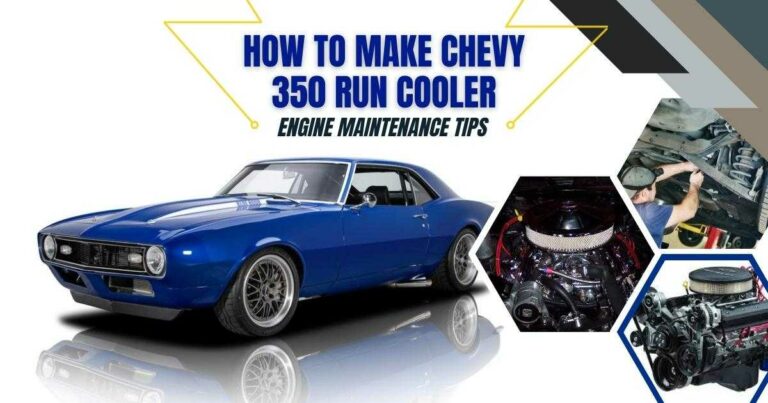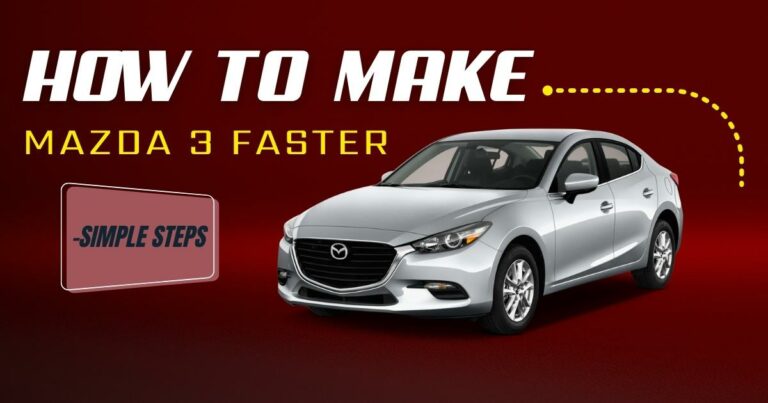How to Install Roof Racks on Your Vehicle | What You Need
Roof racks are indispensable for anyone who regularly needs to transport bulky items such as bikes, kayaks, luggage, or other large equipment that won’t fit inside their vehicle. A roof rack offers a versatile solution to expand your vehicle’s cargo capacity by providing the convenience and flexibility to carry more. The best part yet is that installing a roof rack is relatively straightforward and you don’t necessarily need professional roof rack installation, which can help you save on roof rack installation costs.
Key Takeaways
- A roof rack is an accessory mounted on the roof of a vehicle to support and transport various types of cargo. It typically consists of a series of bars that are attached to the roof of the car.
- Roof racks can be either factory-installed, dealer-installed, or added as aftermarket accessories. They come in various designs to fit different vehicle types and needs, plus they can support a wide range of loads.

How to Install Roof Rack on a Car
Components of a Roof Rack
- Crossbars- These are the main horizontal bars that support the load. They run across the roof of the vehicle.
- Mounts-These are the brackets or feet that attach the crossbars to the vehicle. The type of mount varies depending on the vehicle’s roof configuration.
- Side Rails- Most vehicles come with side rails, which run parallel to the length of the vehicle. All you need to do is to attach roof racks to these rails.
- Clamps-These are devices used to attach the roof rack to the vehicle’s roof. Their primary function is to provide a secure fit by ensuring that the roof rack does not move or come loose during transit.
Types of Roof Racks
Roof Rail Racks
Roof rail racks consist of bars that are attached to pre-installed rails running along the roof of the car. Roof rails are either raised or flush with the vehicle’s roof and are typically factory-installed by the car manufacturer.
Fixed Point Racks
Fixed point racks are designed to attach to designated mounting points on the vehicle’s roof. They utilize specific mounting points that are often hidden under small covers. These racks typically requires a custom-fit kit to match the mounting points exactly.
Rain Gutter Racks
Rain gutter racks are a type of roof rack that attaches to the rain gutters on the edges of a vehicle’s roof. These gutters are channels that help guide water off the roof. The rack clamps onto these gutters to provide a secure way to carry extra cargo.
Bare Roof Racks
Bare roof racks are designed for vehicles without pre-installed roof railings, gutters, or fixed points. Instead, they typically use clips and hooks to fasten to the vehicle’s roof. That said, bare roof racks require careful placement to avoid scratching the roof and ensure a secure fit.
Materials Needed
- Roof rack kit (crossbars, mounts, and hardware)
- Measuring tape
- Screwdriver or Allen wrench (depending on your rack’s requirements)
- Protective tape or cloth
- Ladder or step stool
- Owner’s manual (both vehicle and roof rack)
Step-by-Step Guide on How to Install Roof Rack on Your Vehicle
Choose the Right Roof Rack
Before purchasing a roof rack, ensure it is compatible with your vehicle. Check the manufacturer’s guidelines for compatibility, considering factors such as the type of roof and your cargo needs. You may also want to consider measuring the width and length of your vehicle’s roof to ensure the rack will fit properly.
Clean the Roof
Ensure the roof is in good condition without any dents, rust, or damages that could affect the installation process. Clean the roof of your vehicle to remove any dirt or debris that could scratch the surface.
Check for Roof Mounting Points
Identify if your vehicle has factory-installed mounting points. These points make installation easier and more secure. If you have a bare roof, identify where the roof rack will be attached.
Assemble the Roof Rack
Spread out all the components of the roof rack (bars, clamps, screws, etc.) to make sure you have everything you need. Next, attach the mounts to the crossbars according to the instructions. Make sure everything is securely tightened.
Attach the Roof Rack to Your Vehicle
Place the rack on the roof and align it with the mounting points or rails. Use a ladder if necessary to ensure you have a clear view. That said, the specific instructions for attaching the rack will vary depending on your roof rack type.
How to install Roof Racks on Roof Rail Racks
- Place the assembled roof rack onto the factory-installed rails.
- Position the crossbars to your desired locations.
- Tighten the fasteners as specified by the manufacturer to ensure stability.
How to Install Roof Racks on Fixed Point Racks
- Identify the fixed mounting points on your vehicle’s roof.
- Secure the mounting towers to these points.
- Ensure all bolts and clamps are fastened tightly for a secure fit.
How to install Roof Racks on Rain Gutter Racks
- Align the mounting towers over the vehicle’s rain gutters.
- Use the provided clamps to firmly attach the towers to the gutters.
- Make sure the fit is tight and secure to prevent movement.
How to Install Roof Racks on Bare Roof Racks
- Attach the provided clips and hooks to the vehicle’s door frames.
- Secure the mounting towers to these clips.
- Adjust for even placement and tighten all connections according to the instructions.
Double-Check and Secure
Ensure the roof rack is centered, and all bolts and screws are tight. Give each component a gentle shake to test its stability. Consider applying protective tape or cloth under the mounts to prevent scratching and distribute the load evenly.
Load Your Cargo
Start by loading lighter items to test the stability of your roof rack. Use straps or bungee cords to secure your cargo tightly. Ensure nothing is loose to avoid noise or the risk of items falling off while driving.
Roof Rack Safety Tips
- Check the vehicle’s and the rack’s weight limits to avoid overloading. Ensure the load is balanced to prevent uneven stress on the roof and rack.
- Inspect the roof rack periodically for any signs of wear or loosening.
- Be aware of the added height when the roof rack is loaded to avoid low-clearance obstacles, such as garages, bridges, or a drive-through.
- Drive slower and more cautiously when carrying a load to account for changes in vehicle handling and wind resistance.
- Position the cargo to minimize air resistance and avoid unnecessary drag, which can affect fuel efficiency and vehicle handling.
- Use proper lifting techniques to avoid injury when loading and unloading items.
Common Roof Rack Problems and Troubleshooting Tips
Loose or Unstable Roof Rack
If the roof rack becomes loose or unstable, it is bound to cause noise, vibrations, and safety hazards. This issue often arises from insufficient tightening of bolts, screws, or clips during installation. As such, ensure all fastenings are secure and use any locking mechanisms provided with the roof rack.
Wind Noise and Whistling
Excessive wind noise or whistling is a common annoyance with roof racks, particularly at higher speeds. This can usually be attributed to improper alignment of the crossbars. To reduce noise, ensure that the crossbars are positioned parallel and as flush with the vehicle’s roof as possible.
Roof Damage
Roof damage can occur if the roof rack is not installed or used properly. To prevent this, always place protective pads or mats under the roof rack feet to cushion the contact points. Additionally, avoid overloading the roof rack to prevent excessive stress on the vehicle’s roof.
Water Leaks
Water leaks into the vehicle can occur after installing a roof rack, particularly if seals or weatherstrips are disrupted. Always check that all seals and weatherstrips are intact and not obstructed by any roof rack components. If a part of the roof rack is installed incorrectly, reposition it to ensure proper sealing.
FAQs
Can I install roof rack on my car myself?
Yes, you can install a roof rack on your car yourself, provided you follow the proper steps. Many roof rack systems are designed for easy installation, and with the right tools and instructions, you can complete the job effectively. However, if you’re unsure you can always search for ‘roof rack installation near me’ to find local experts who can help ensure a secure and proper fit.
Can you put a roof rack on a car without rails?
Yes, you can learn how to install roof rack on car without rails provided you choose a system designed for your car’s roof type. One common solution is bare roof rack systems, which use clips and hooks that attach to the car’s door frame or roof edges to provide a secure fit without the need for factory-installed rails.
What do roof racks connect to?
Roof racks typically connect to factory-installed roof rails, fixed mounting points, rain gutters, or the door frames of cars with bare roofs. The specific connection point depends on the vehicle’s roof type and the design of the roof rack.
How do I know if a roof rack will fit my car?
To ensure a roof rack fits your car, check your vehicle’s roof type to verify compatibility with your car model. Consider measuring your roof dimensions to confirm that a roof rack will fit your car securely and safely.
Also Read: Why is My Car Making a Siren Noise? Is it a Cause for Alarm
Conclusion
Installing roof racks on your vehicle enhances its utility and makes transporting bulky items much easier. Whether for a family vacation, outdoor excursion, or a trip to the hardware store, a roof rack ensures that you can carry what you need safely and conveniently. That said, ensuring proper installation allows you to enjoy the benefits of additional cargo space without compromising safety or vehicle performance.







hi!,I love your writing very a lot! share we keep in touch extra approximately your article on AOL? I require an expert on this house to resolve my problem. Maybe that is you! Looking forward to peer you.